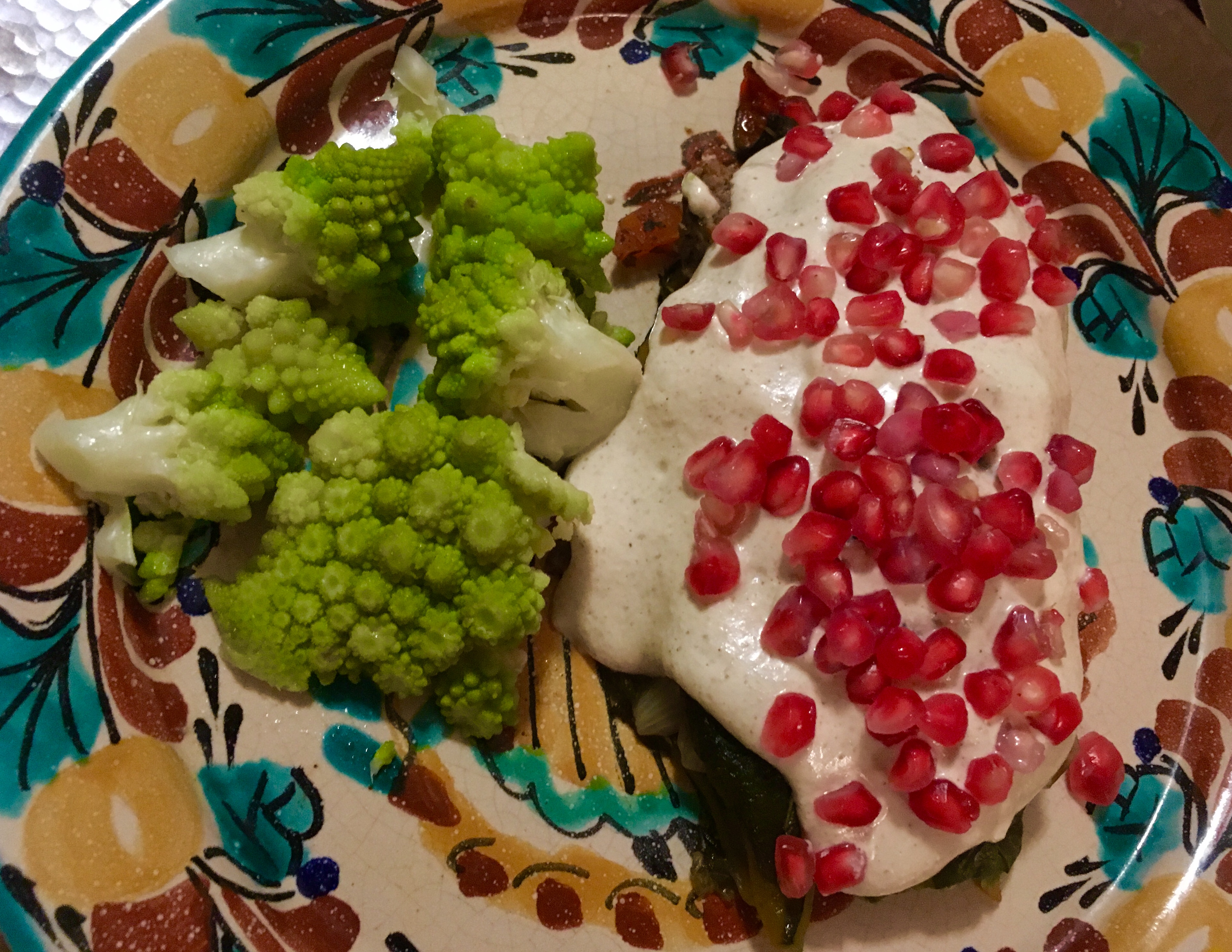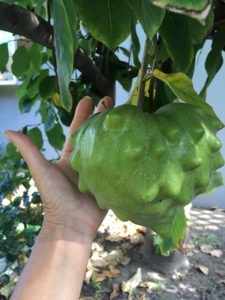
“Old Faithful”
I always feel, when I pull this bad boy out of the cupboard, that we’re part of the Bugs Bunny/Roadrunner Hour. Acme was always the brand that the Roadrunner featured and it always puts a smile on my face when I use it.
My parents bought this centrifugal juicer back in the 50’s – sometime after my brother, George, was born in 1956 and before I arrived in 1959. Lots of fruit and vegetables have been juiced in this machine and I am so grateful to have it with us in Cabo.
Getting the juicer here was no small feat. It’s heavy, and I mean REALLY heavy and there was no way that it was ever going to be part of my luggage. Mom’s neighbors and friends, Rob and Kathy, drove down every year from Alberta to Vicente Guerrero, a small puebla located on Highway 1, approximately 175 south of Tijuana, Mexico. They come, at their own expense, to do missionary work at the orphanage located there. We admire their commitment and selflessness very much. Anyway, Rob and Kathy agreed to stow boxes for me for three different years so that I could get some of my heavier articles here. The Acme juicer arrived last winter and we were so grateful to receive it.
After my parents bought it, my Dad belonged to a health club that had a steam room. Dad loved onions and decided to make onion juice for himself using the Acme juicer. It seemed like a good idea until he went to the steam room after drinking the juice. One by one, every single man got up and left. It finally dawned on Dad that the onion juice was coming through his pores and he stunk out the other steam room users. They say that a skunk smells his own smell last! I guess that was true in this situation.
My Mom processed high bush cranberries in that juicer and so much more over the years. One of the highlights when I was a kid was the treat of fresh carrot juice when we dug up our garden. I loved carrot juice then and I absolutely still love it now!
Some years ago, the lug nut in the centre of the machine stripped out and I was desperate to find a replacement. The internet is a wonderful thing as I located a parts provider in Minneapolis, MN, who sent me the part I needed to keep the juicer going for a few more decades (this machine was definitely made to LAST!)!
The other day I dug out “Old Faithful” and did up a batch of juice using fresh organic carrots and beets from our local market, ginger, apple and cucumber that we grew in our Tower Garden, ginger and apple. It was absolutely delicious and transported me to those years on the farm when we made our harvest carrot juice in the fall.
Thanks, Mom (and Rob and Kathy), for finding a way to send this treasure and piece of family history to its new home in Mexico!







